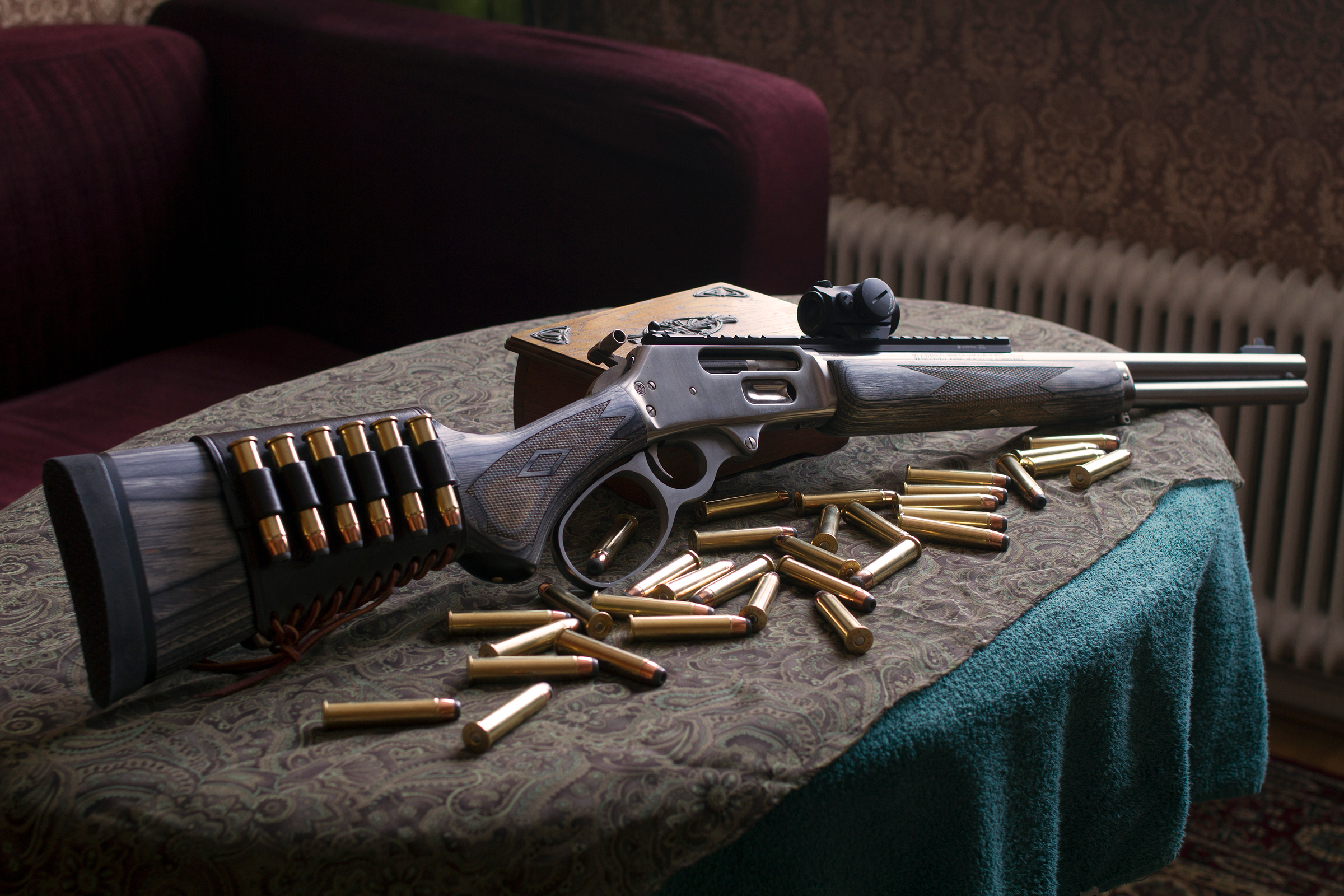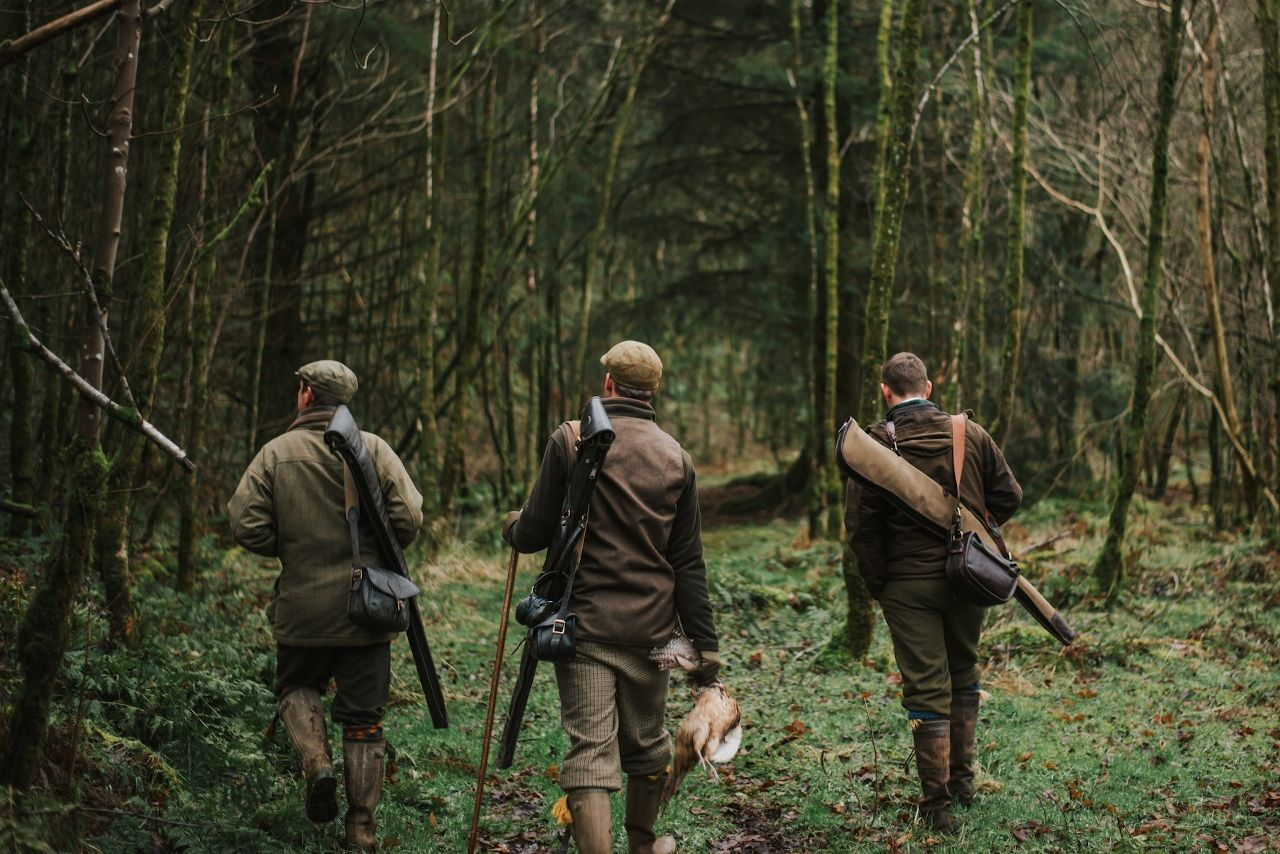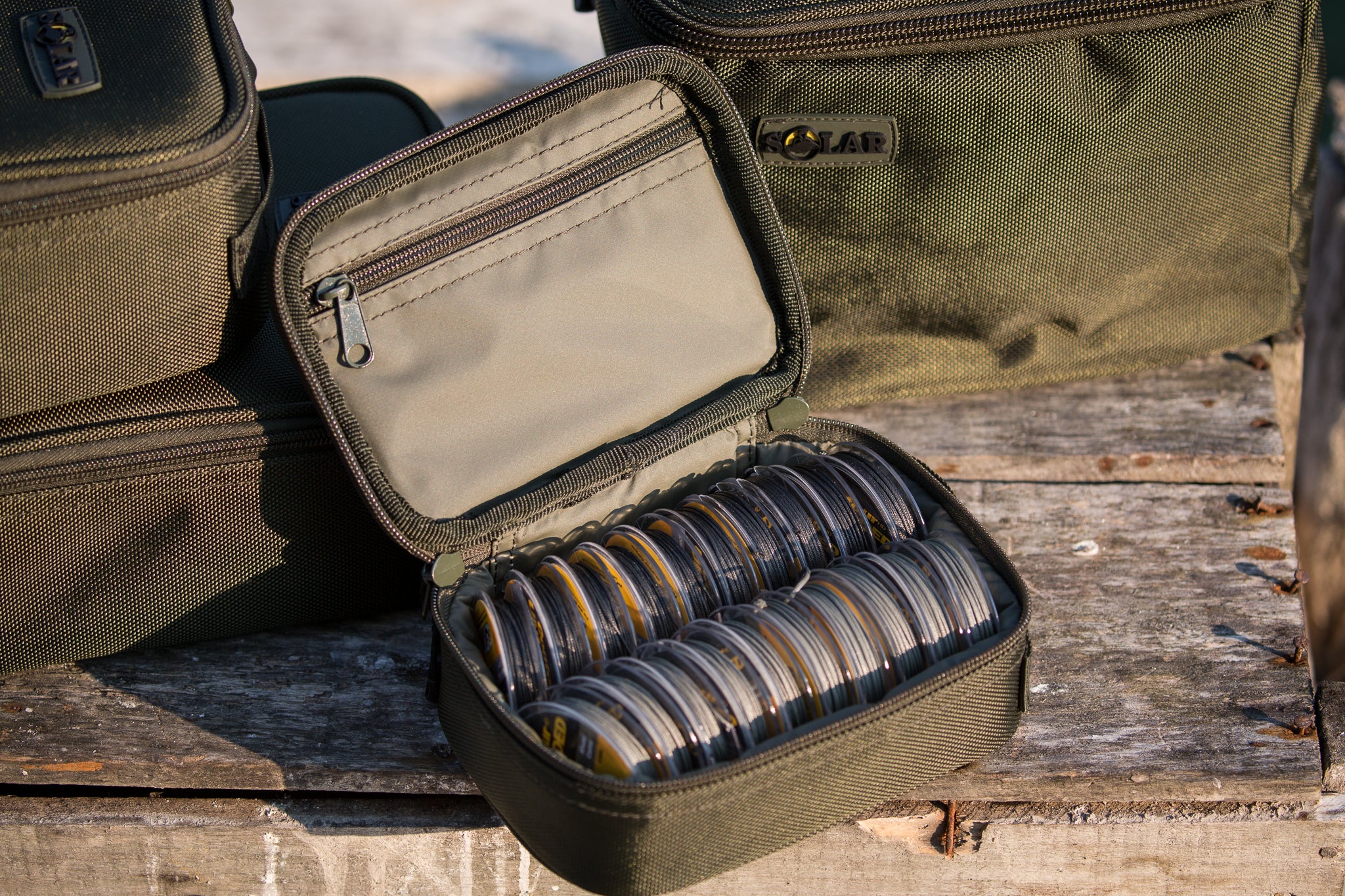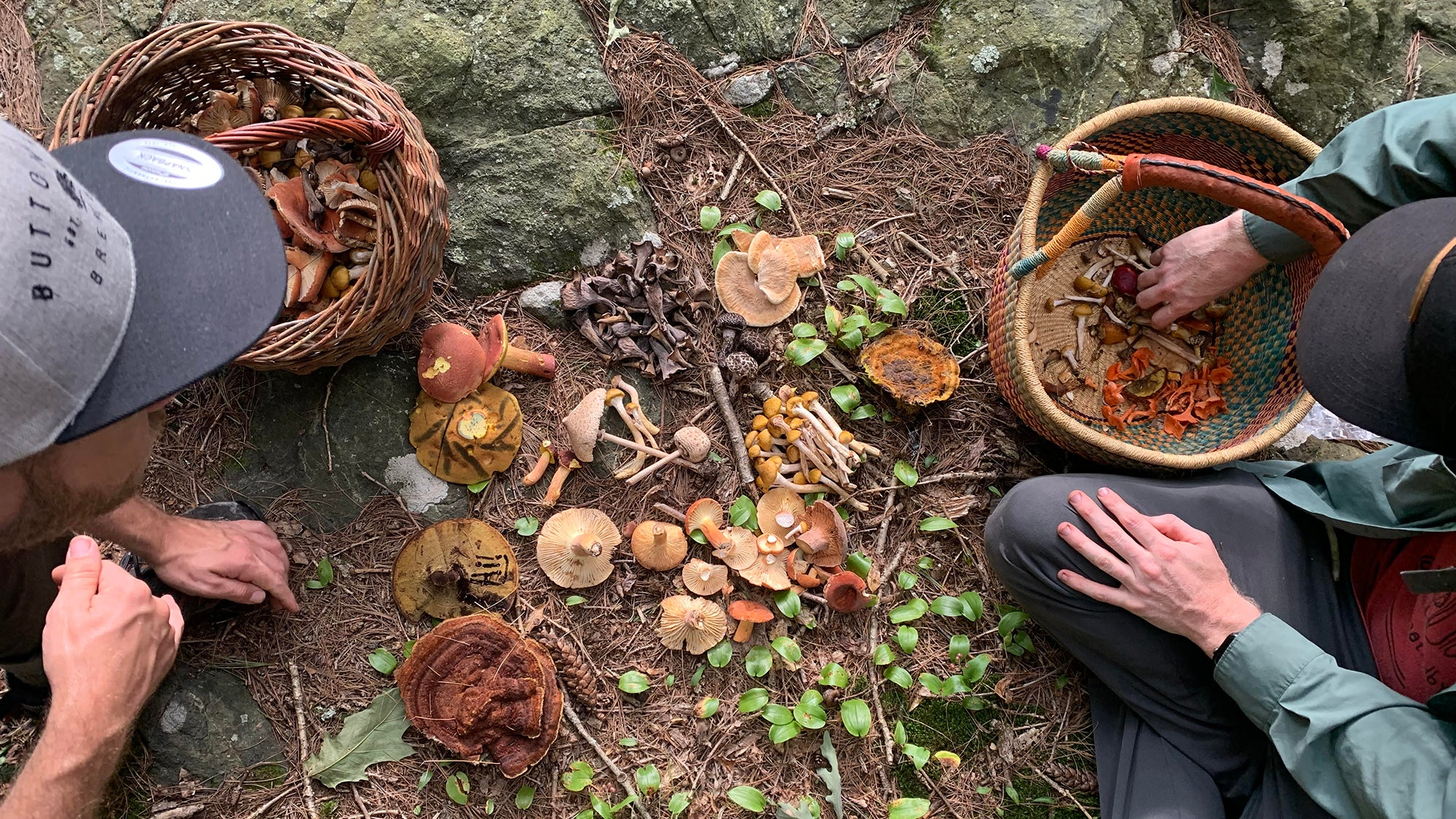Fishing in the Wrong Place? How to Find Where Fish Are Biting?
If you’ve ever spent hours casting your line without so much as a nibble, you’re not alone. Finding where fish are biting is an art—and a science—that separates casual anglers from successful ones. Whether you’re fishing in a lake, river, or the open sea, choosing the right spot is the single most important decision you can make.
Fishing in the Wrong Place? How to Find Where Fish Are Biting?
1. Understand the Fish You’re Targeting
Every species has unique feeding patterns, preferred depths, and habitats. Bass, for example, love structures like submerged logs, weed beds, or rock piles, while trout prefer cooler, oxygen-rich waters near inlets or shaded areas. Before heading out, research your target species:
-
Water temperature preference
-
Feeding times (often early morning or late evening)
-
Preferred depth and cover
2. Look for Structure and Cover
Fish feel safe around structures because they provide protection from predators and serve as hunting grounds for prey. When scanning the water, look for:
-
Submerged logs or fallen trees
-
Rock formations and drop-offs
-
Weed beds and lily pads
-
Docks and pilings
Tip: A portable fish finder can help locate these features beneath the surface.
3. Pay Attention to Water Movement
Moving water brings oxygen and food, attracting fish. In rivers, focus on eddies, current breaks, and behind boulders where fish can rest while waiting for food to drift by. In lakes, areas near inlets or outlets often attract feeding fish.
4. Follow the Bait
If you find schools of baitfish, you’ll likely find bigger fish close behind. Watch for:
-
Surface splashes or “bait ball” disturbances
-
Seabirds diving into the water
-
Ripples or flashes under the surface
Many successful anglers use polarized sunglasses to spot baitfish and underwater movement more easily.
5. Use Seasonal Patterns to Your Advantage
Fish behavior changes with the seasons:
-
Spring: Fish move to shallower waters to feed after winter.
-
Summer: Look for deeper, cooler water during midday.
-
Fall: Fish feed aggressively in preparation for winter.
-
Winter: Concentrate on deep holes where fish conserve energy.

6. Learn from Local Knowledge
Local anglers, bait shop owners, and fishing guides often know the best spots for the current season and conditions. Don’t hesitate to ask questions—you might discover hidden gems.
7. Observe Nature’s Clues
Sometimes, the best indicators are subtle. Watch for:
-
Birds feeding actively over the water
-
Insects hatching and hovering near the surface
-
Sudden surface ripples in calm water
8. Adjust Your Approach if Nothing’s Biting
If you’re not getting bites after 20–30 minutes, change something—your location, bait, lure, or depth. Even moving a short distance can make a big difference.
Final Thoughts
Catching fish is never guaranteed, but by understanding your target species, reading the water, and paying attention to environmental clues, you’ll greatly improve your chances. Next time you head out, use these tips to choose the right spot—and avoid the frustration of fishing in the wrong place.























